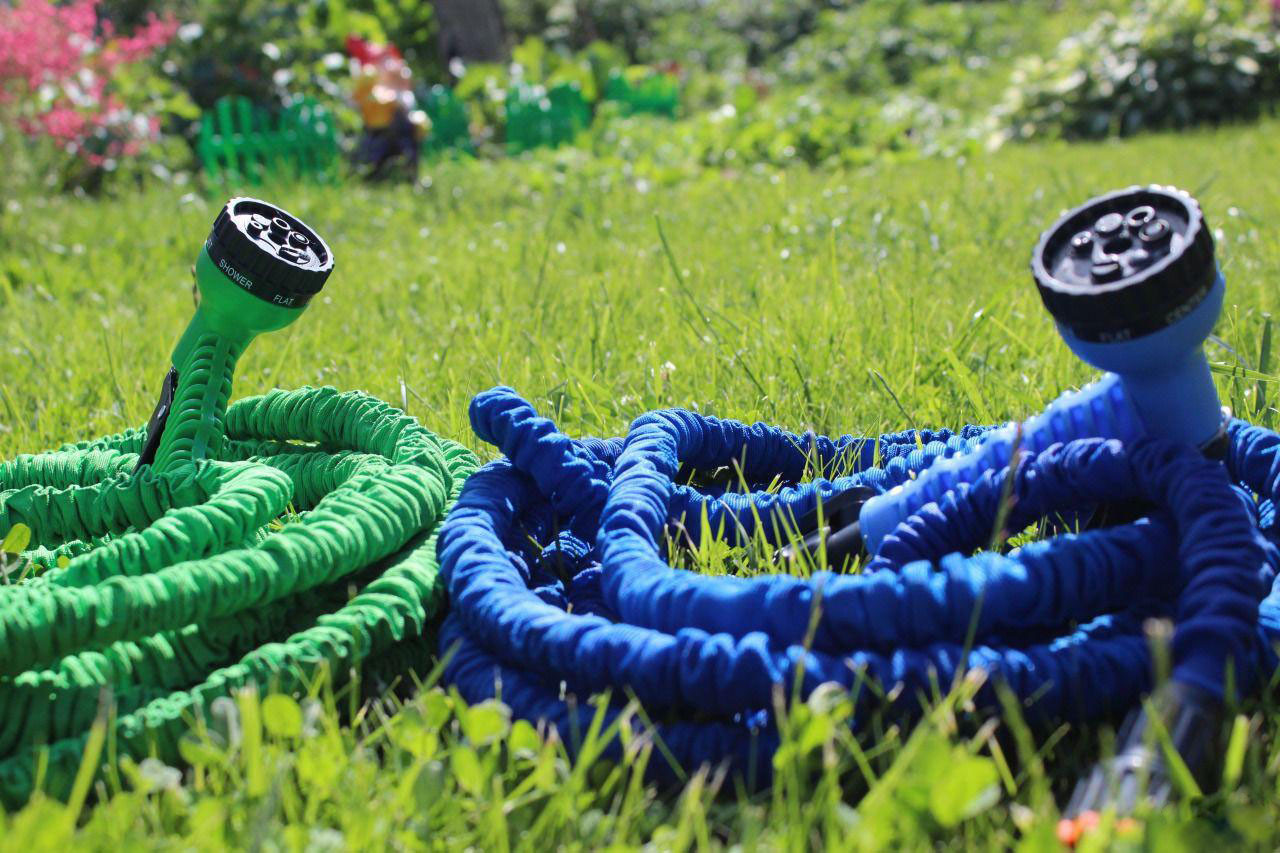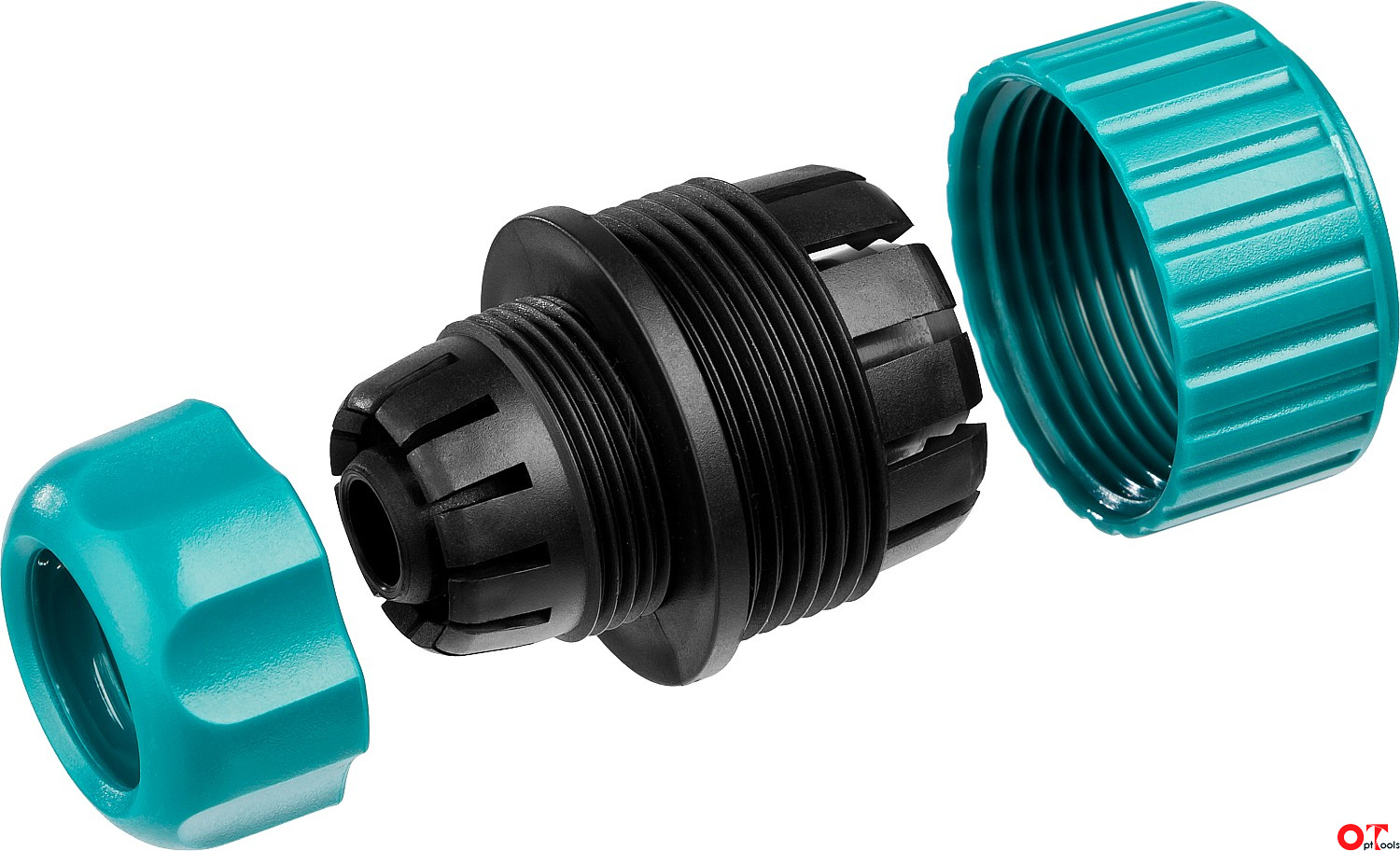Drip irrigation hose: how it works
Growing vegetables and fruits yourself is a pleasant process for many, which provides the family with environmentally friendly and tasty products. However, for a good harvest, you will have to think through not only the schedule of fertilizing and weeding, but also watering. For this it is more convenient to use hoses with drip liquid supply.
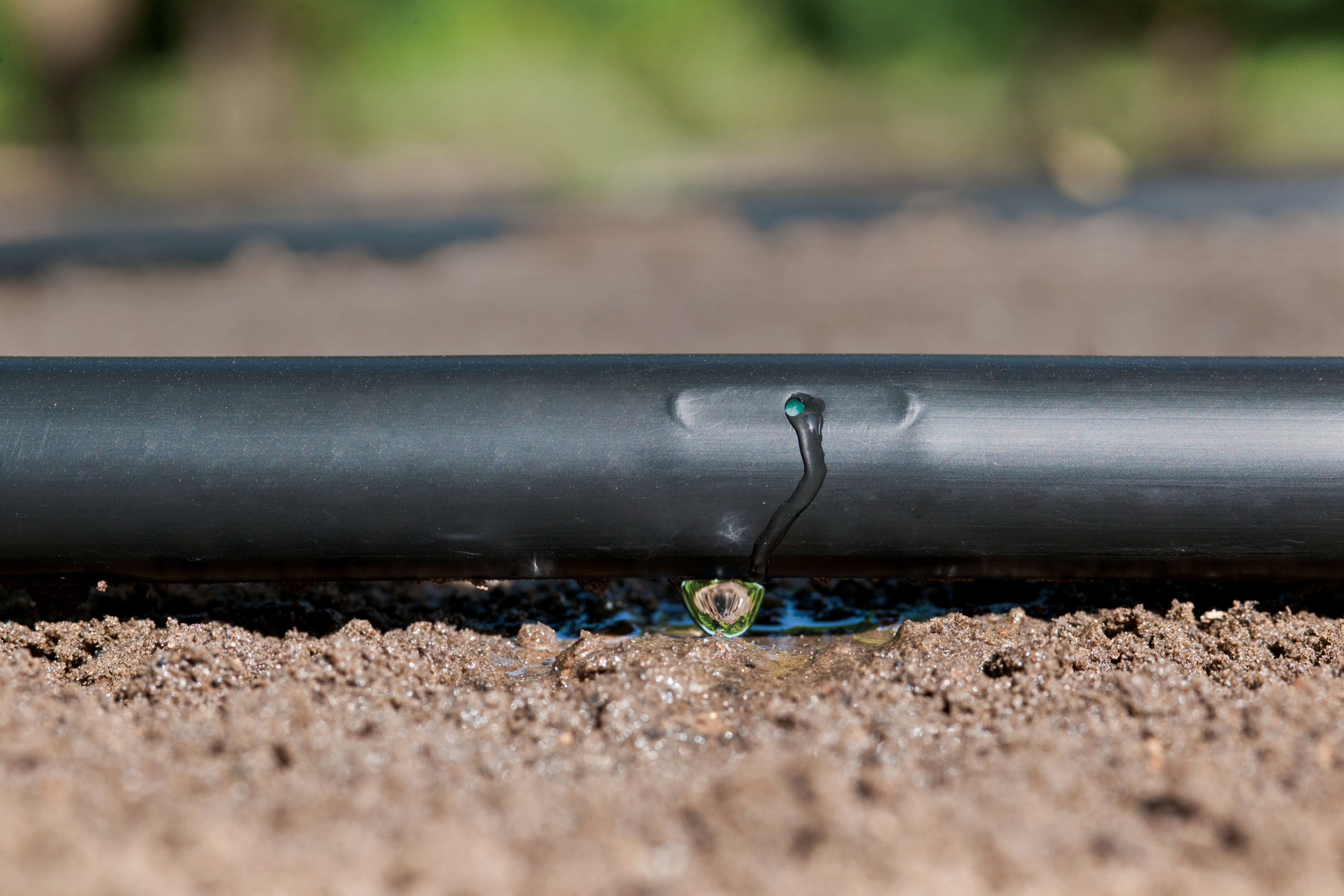
The content of the article
What is a dripping watering hose?
This system is especially relevant in regions with arid climates. It is universal and is used in plantings in two versions: above-ground, when the tubes are pulled directly along the beds next to the plant stems. There is also an underground option, which has its advantages, but is difficult to install.
Installed underground they help avoid unnecessary evaporation and deliver moisture directly to the root system.

The advantages of drip irrigation are:
- rational use of water;
- increase in yield;
- reduction in the number of weedings due to the absence of earthen crust after watering;
- a chance to combine fertilizing and irrigation;
- formation of a strong root system;
- does not provoke the formation of swampy areas;
- minimum expended physical effort;
- prevention of erosion of the fertile soil layer and putrefactive disorders of plant roots.
A similar irrigation system is used in plantings both in open ground and in greenhouses, greenhouses, greenhouses and other closed areas.
Among the disadvantages is the high cost of the watering system. The hoses will have to be washed regularly, filters installed, and properly connected with special adapters. If you manage to build a system on your site, minimal effort will be spent on watering.
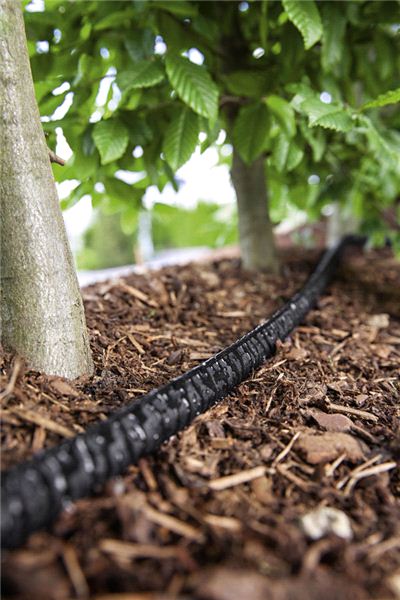
Operating principle of drip irrigation
Tubes laid along the beds are connected in turn to the main hose, creating a complex circuit. The main pipe is then connected to a water supply or storage tank installed high.
When turned on, water flows through the hoses and distributes throughout the entire system. Drops of liquid fall onto the plants through tiny holes made in thin pipes. This method reduces water consumption and allows you to quickly and automatically water all plantings in the garden.
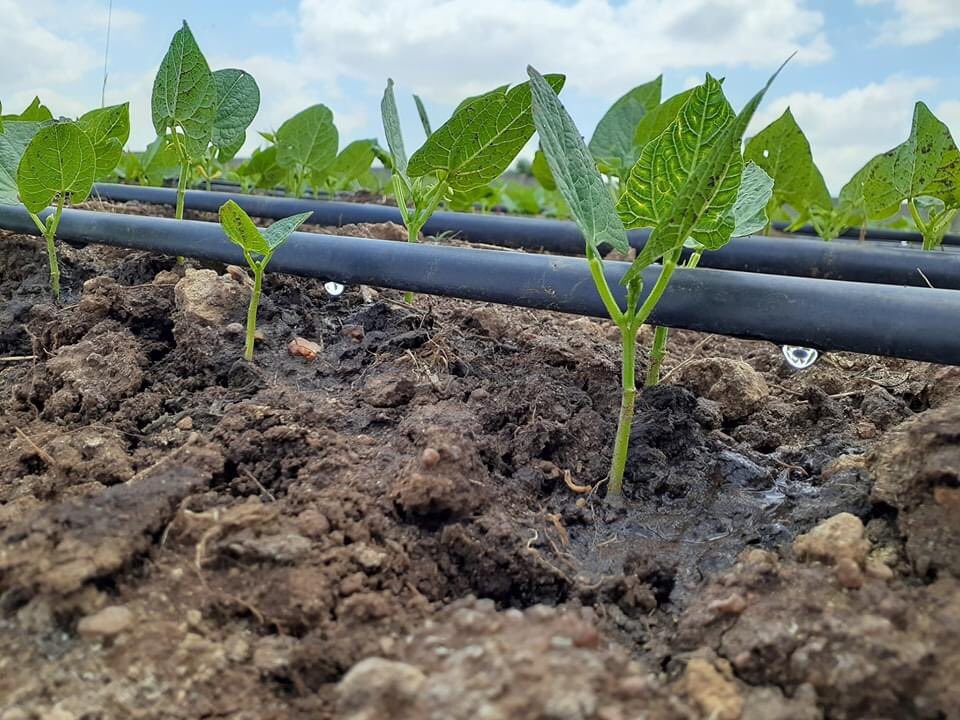
On industrial farms, it is proposed to install pumps to increase water pressure. This is done due to the need to process vast territories.
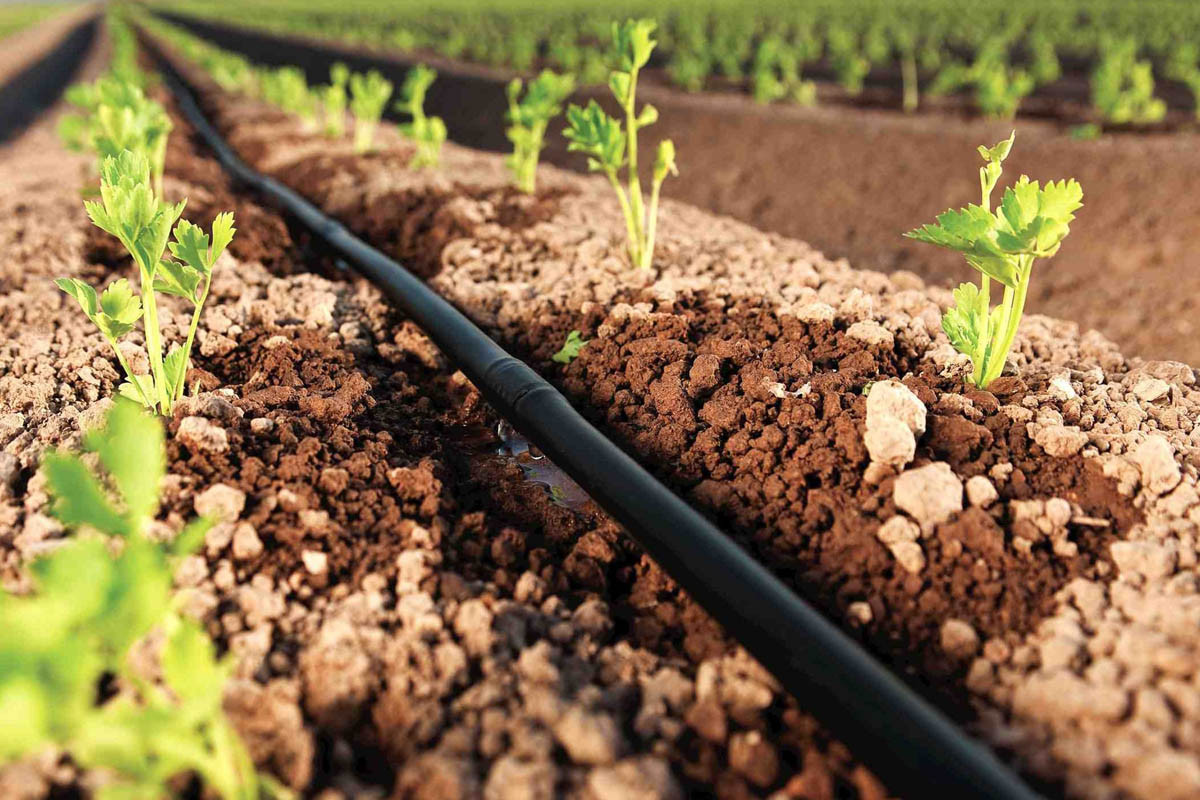
What types of drip irrigation hoses are there?
Specialized stores offer several types of hoses for organizing an innovative system on your own site:
- PVC. Standard rubber pipes, in which you will have to make numerous holes yourself to allow moisture to pass through. Special droppers are installed in the pores, as well as stands through which water will flow to the plants. Experts note a number of disadvantages, in particular the high cost of the system and fragility.
- Labyrinth tape. A special hose with a thin tube located along the edge of the wall.A peculiarity of the work is considered to be the collection of liquid first into a designated compartment, and only then its uniform distribution onto the surface.
- Crevice tape. A hose with holes into which the labyrinth tape is inserted. Entering the storage tank, moisture is evenly distributed and removed to the surface.
- Emitter strip. An improved hose design with small holes, self-cleaning capabilities and a meandering conduit system. Durable and reliable design.
- Porous (oozing) hose. A product made of polyvinyl chloride, which is pierced with many tiny holes. Water in small fractions quickly passes through the pores and irrigates the plants in the area.
- Sprinkler. A hollow spray hose with sprinklers located on its surface. Water flows under high pressure in thin streams. Among the disadvantages are moisture getting on the leaves and stems.
- Corrugated. A reliable tool that is protected from twisting and fractures.

Drip watering - an excellent system to free the gardener from the need to navigate around the site with heavy watering cans in dry weather. It significantly saves the gardener’s time and effort.




